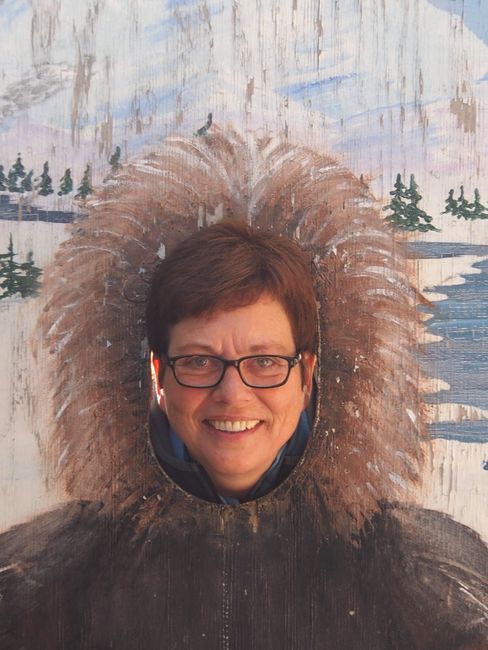
Alaska & Yukon im Herbst: 6000km mit Grizzlies, Goldgräbern und Polarlicht
vakantio.de/alaskaundyukonimherbst
Yukon Quest, Whitehorse & Aurora Borealis
Tihchhuah a ni: 13.08.2019
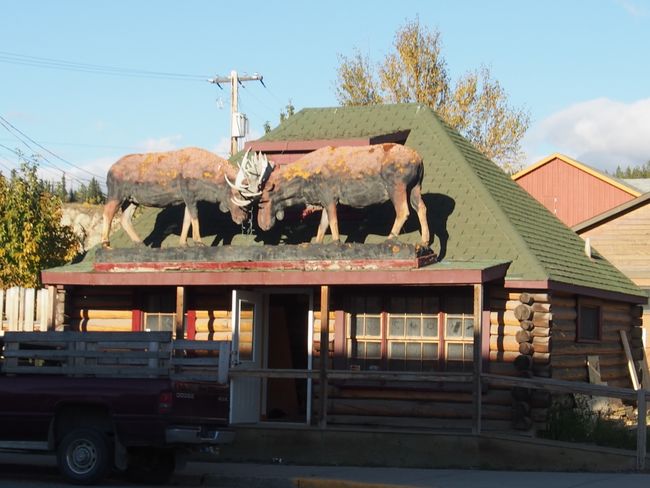
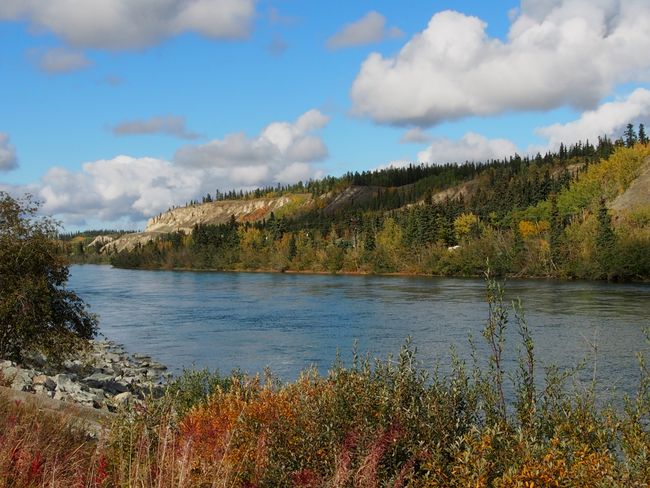
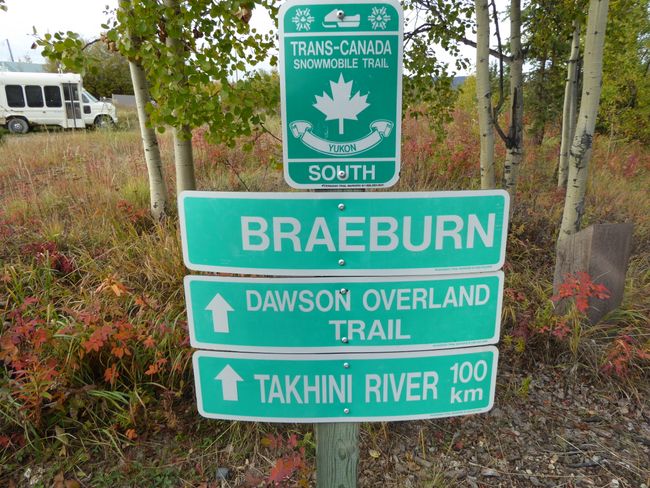
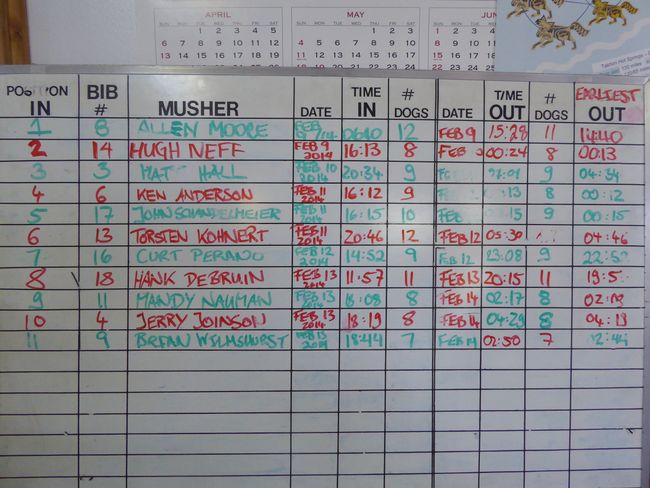
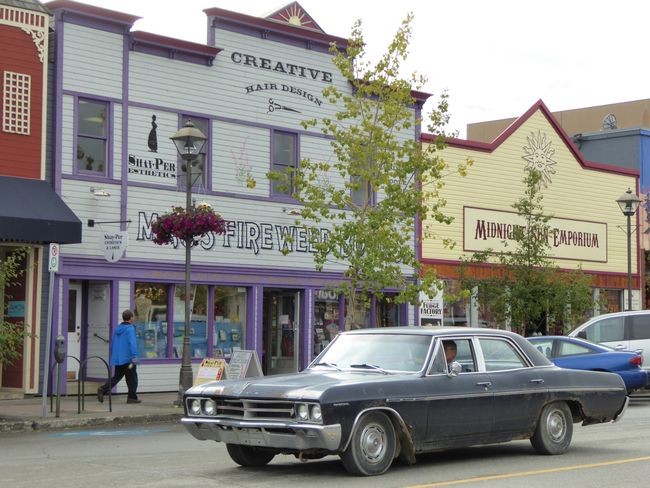
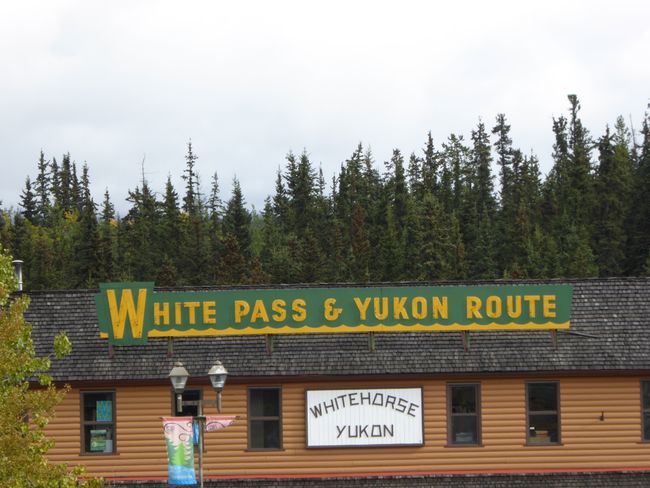
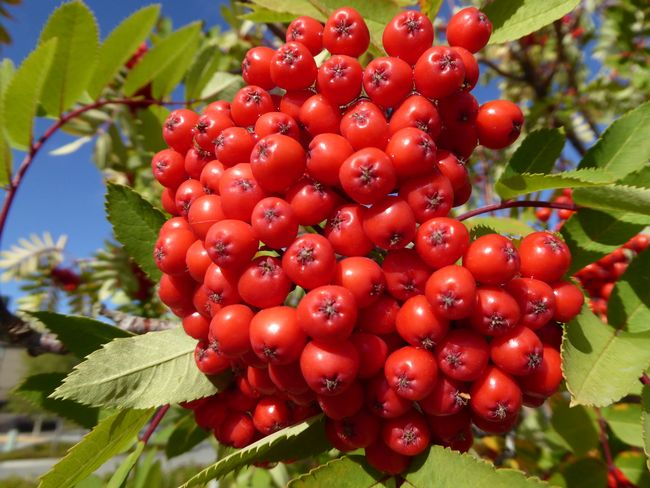
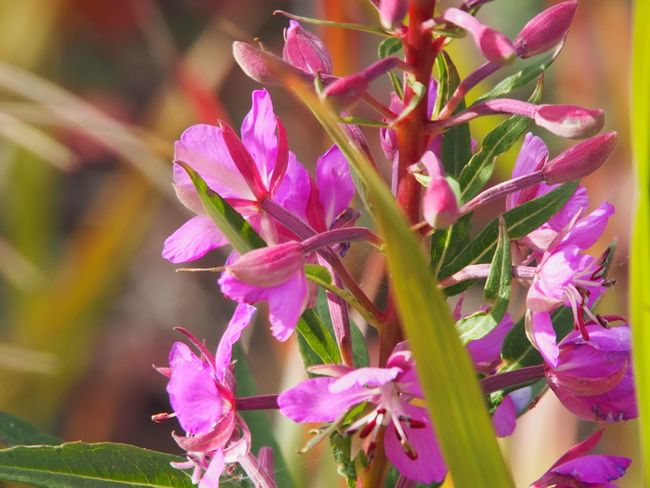
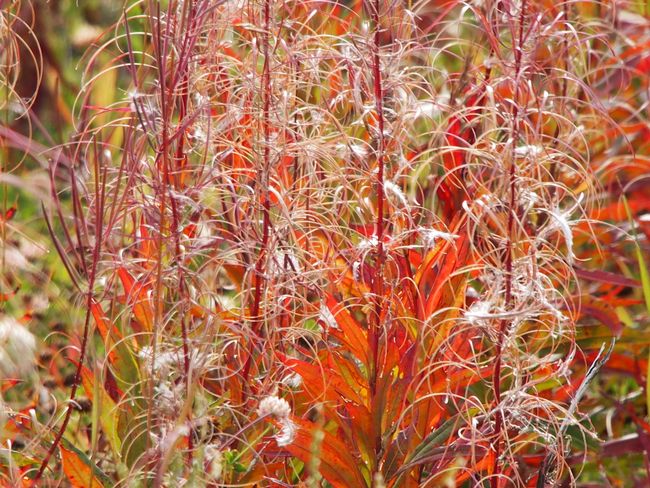
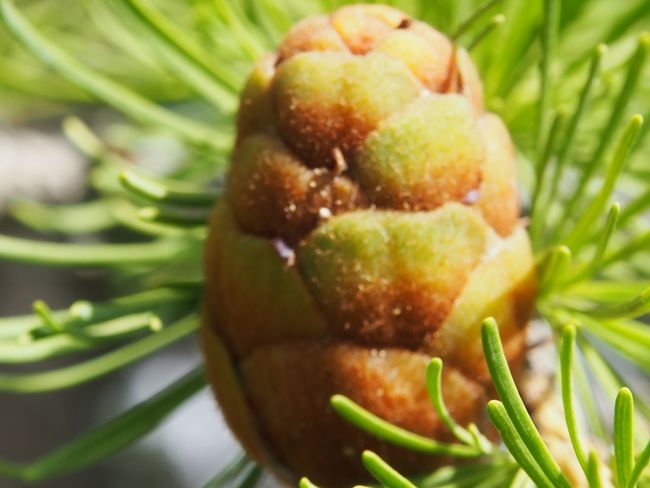
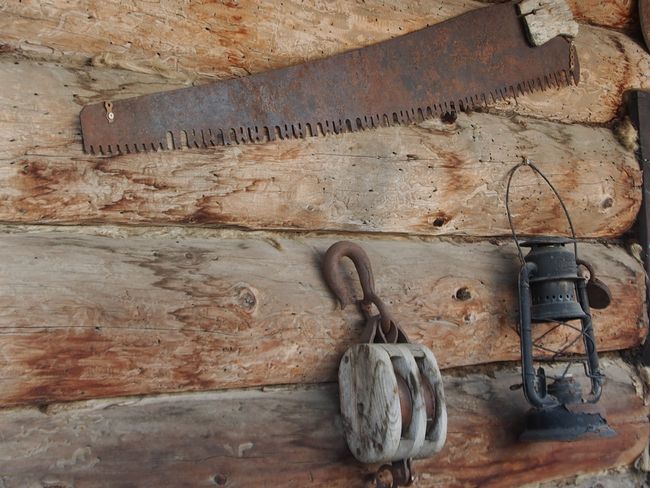
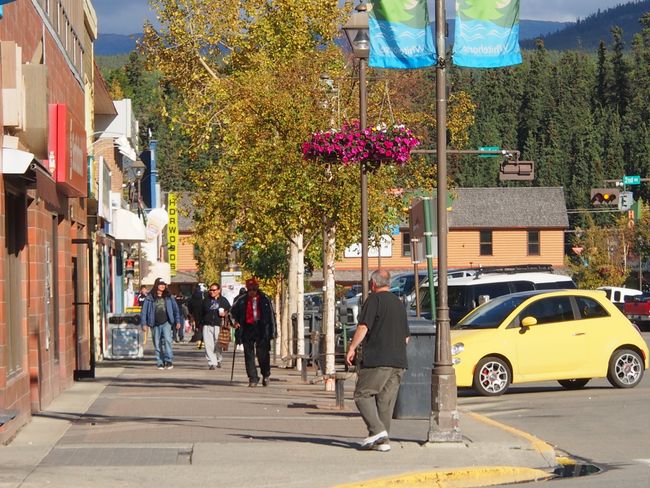
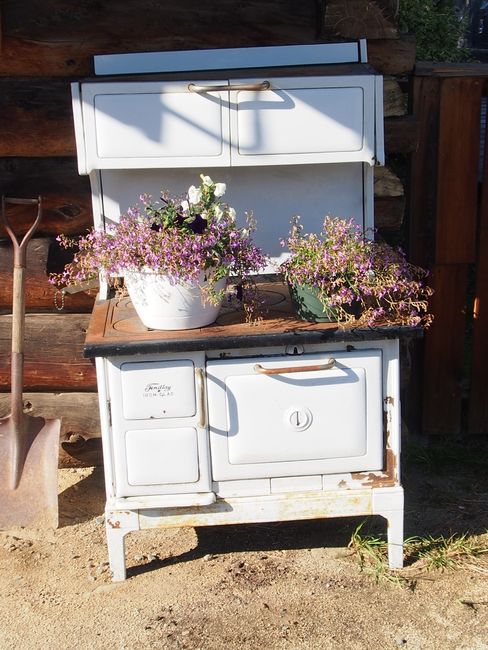
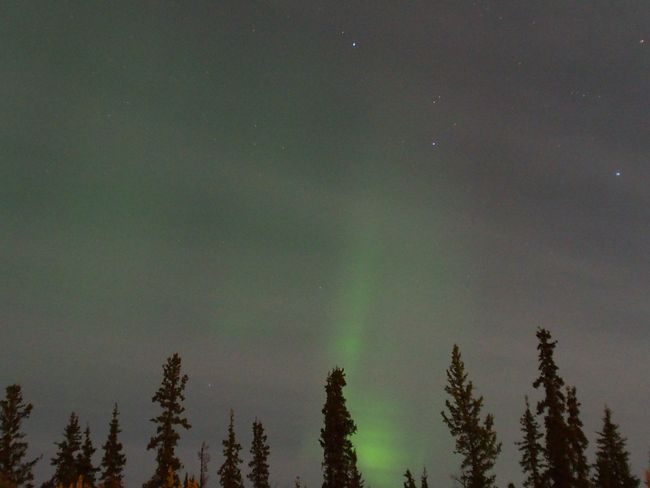
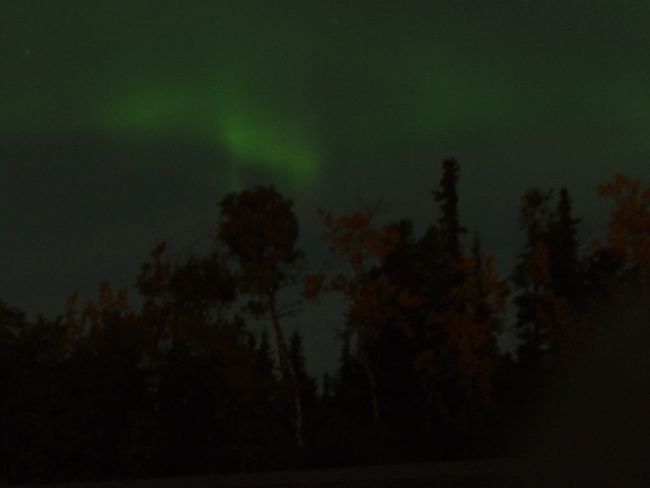
Newsletter hi subscribe ve rawh
11.09.2014
After a coffee from the gas station in Carmacks , we continue at 9:30 am. The coffee in the room would probably have tasted like sulfur. Breakfast is canceled.
Despite several warning signs, we don't see any deer. The clouds hang low and at first we have the impression that it's raining. Along the South Klondike Highway, which we are now driving on, there are not only two beautiful lakes, Fox Lake and the enormous Lake Laberge, but also huge areas of land that were destroyed by forest fires 20 years ago. We can only see a little of the lakes, and the views are not as great as described in travel guides due to the clouds. It is once again astonishing how little the forest has regenerated after 20 years.
Half of the forest fires are caused by lightning strikes, often in remote regions of the forests, so they are not noticed until they have been smoldering for days and break out when there are strong winds. The remaining fires are caused by human carelessness. The forest needs these fires, but of course, it is also a threat to the residents who live here sporadically. The Fox Lake Fire of 1998 started in early July and could only be considered extinguished weeks later. In fact, it continued to smolder in the permafrost and ignited again in the following spring.
Otherwise, the journey continues through uninhabited land.
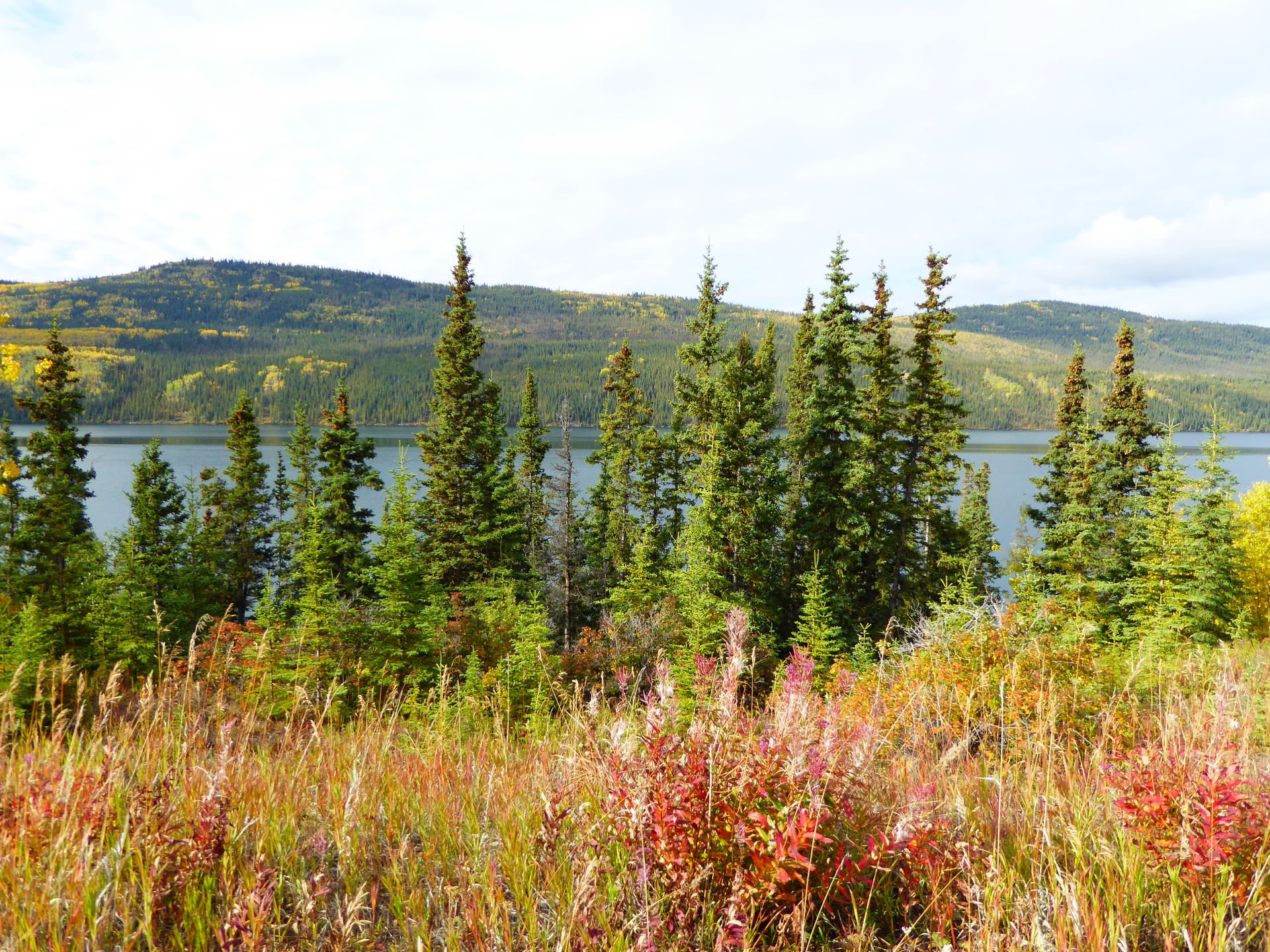
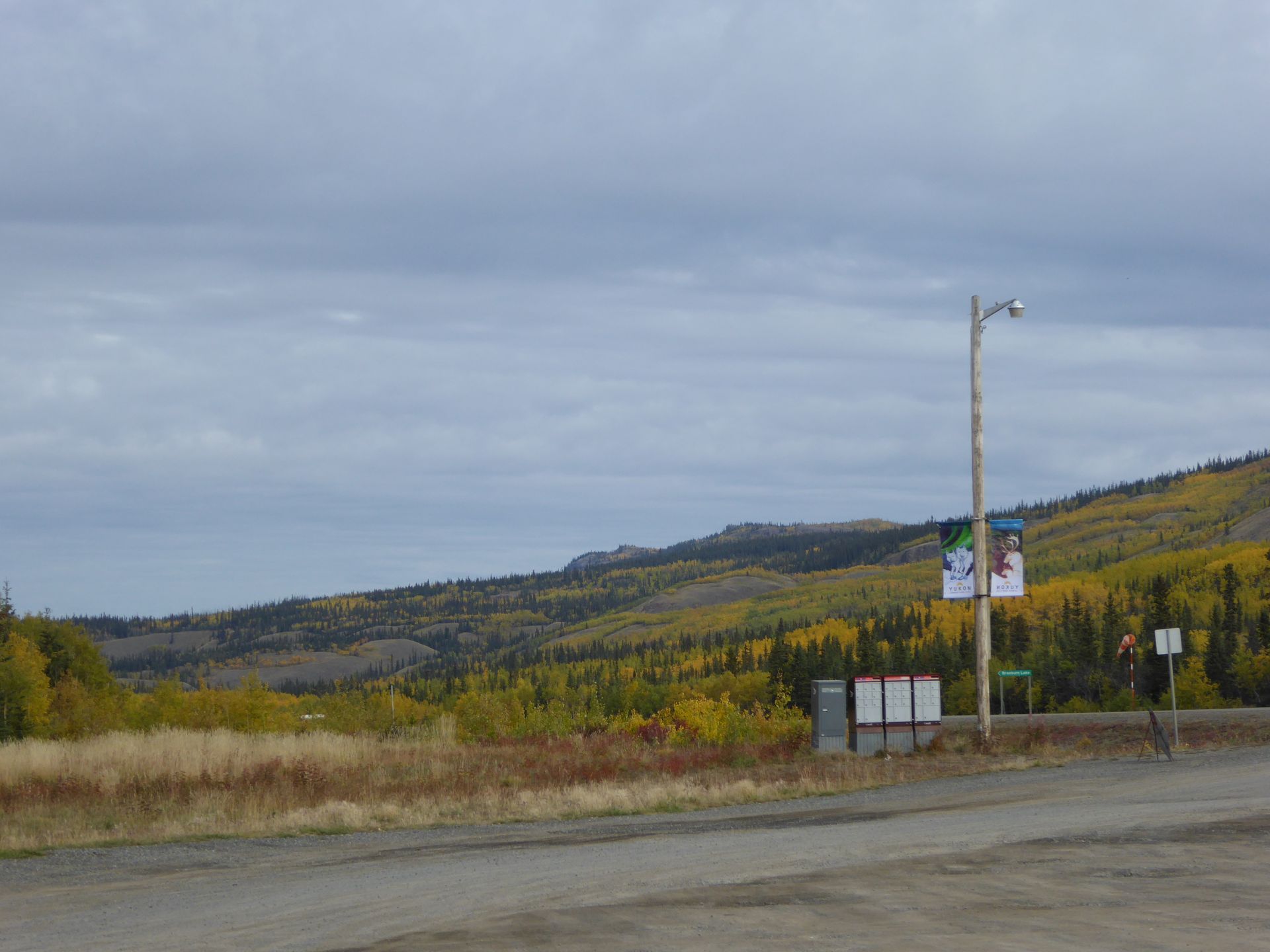
We briefly stop at the Braeburn Lodge, where an old man sells famous cinnamon buns that have even made it into our travel guide. But the things are so big that you could never finish them, so we just chat with him about the Yukon Quest, which passes right by here, and the Braeburn Lodge is one of the official checkpoints. The Yukon Quest International Sled Dog Race is the toughest and most challenging sled dog race in the world, covering 1,000 miles (1,600 km) from Whitehorse to Fairbanks (in odd years from Fairbanks to Whitehorse).
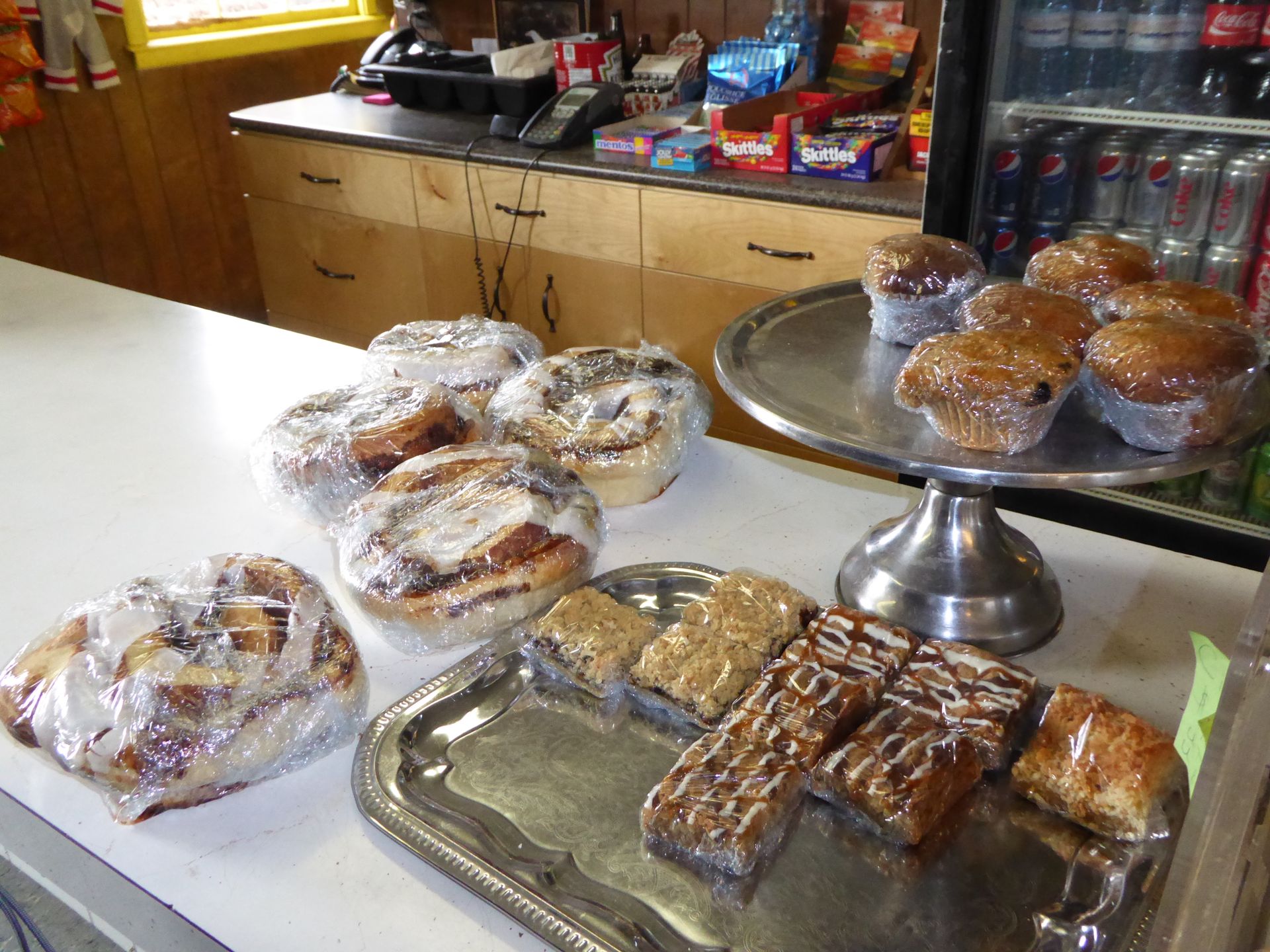
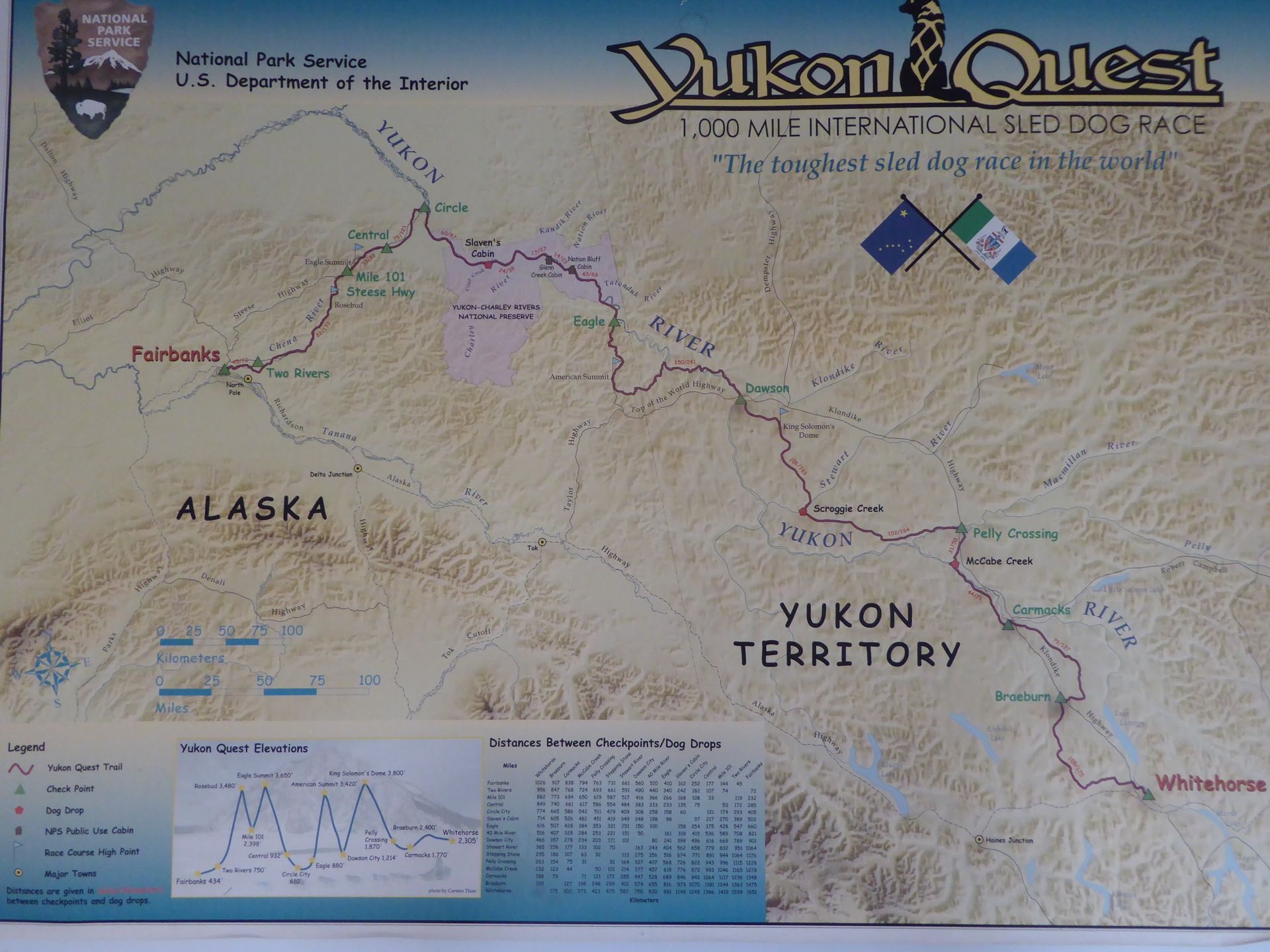
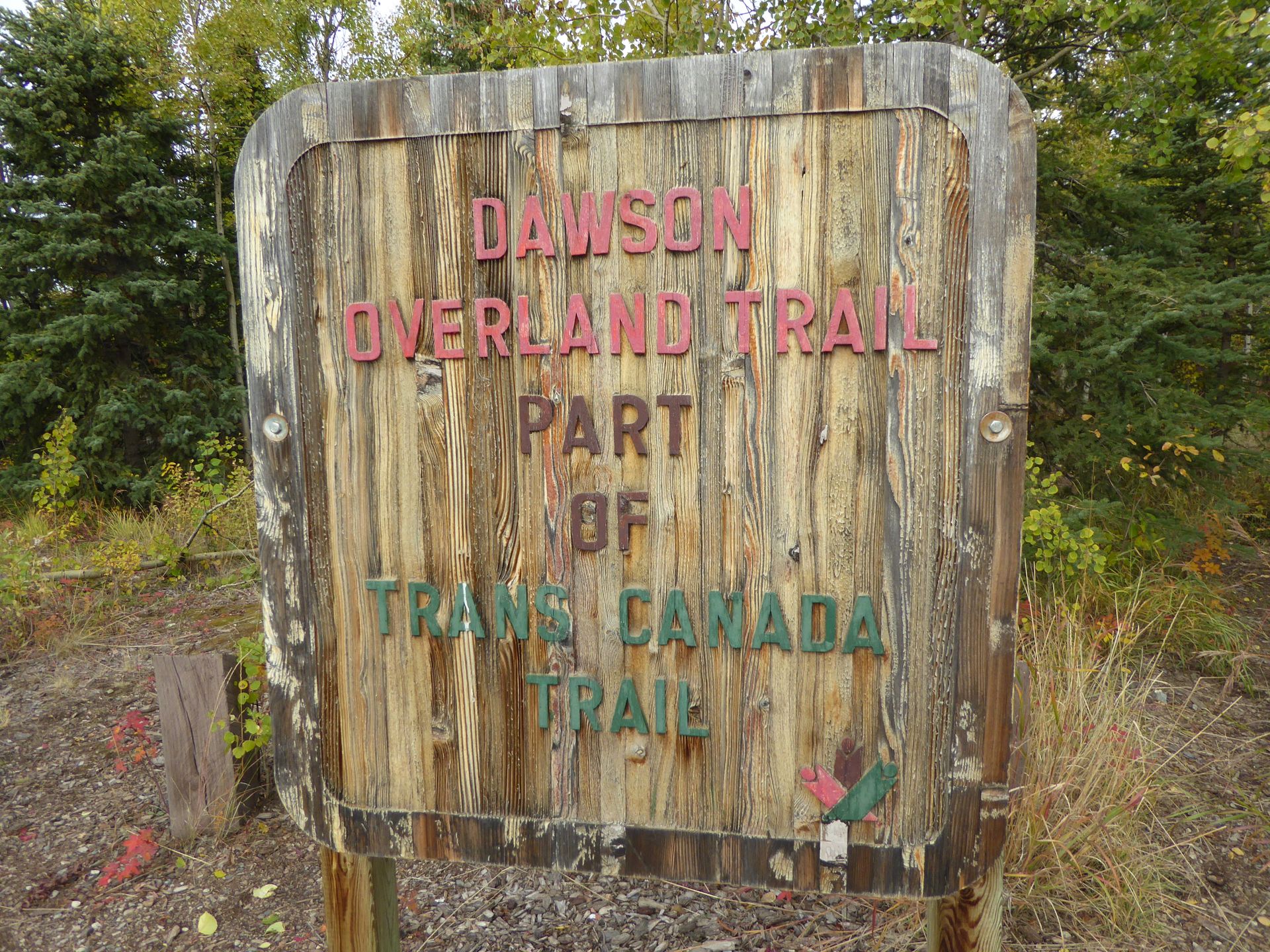
Usually, the sleds are on the trail for 10 to 14 days. It competes with the Iditarod, which is the longest sled dog race in the world. The Yukon Quest is held annually in February when temperatures can reach up to -30°C. The mushers (sled drivers) have to have their dogs checked at several control points and can take breaks. The Braeburn Lodge is the first control point, about 160 km from Whitehorse, which is usually reached about 12-18 hours after departure. The mushers can take a break here but are not required to. Only Dawson City is a mandatory stop for the sleds. Dogs can be dropped off at the checkpoints, but they cannot be replaced. The maximum load on the sleds is allowed to be 113 kilograms. The route goes cross-country and is reminiscent of the trails used during the exploration of the far north of America and Canada, the mail carriers and fur trappers, as well as the gold miners who needed the fastest routes to the Yukon and Klondike and opened up this region with their journeys.
http://www.yukonquest.info/yukonquest.shtml.
Today, paths are being cleared in the forest so that it can be driven on easily.
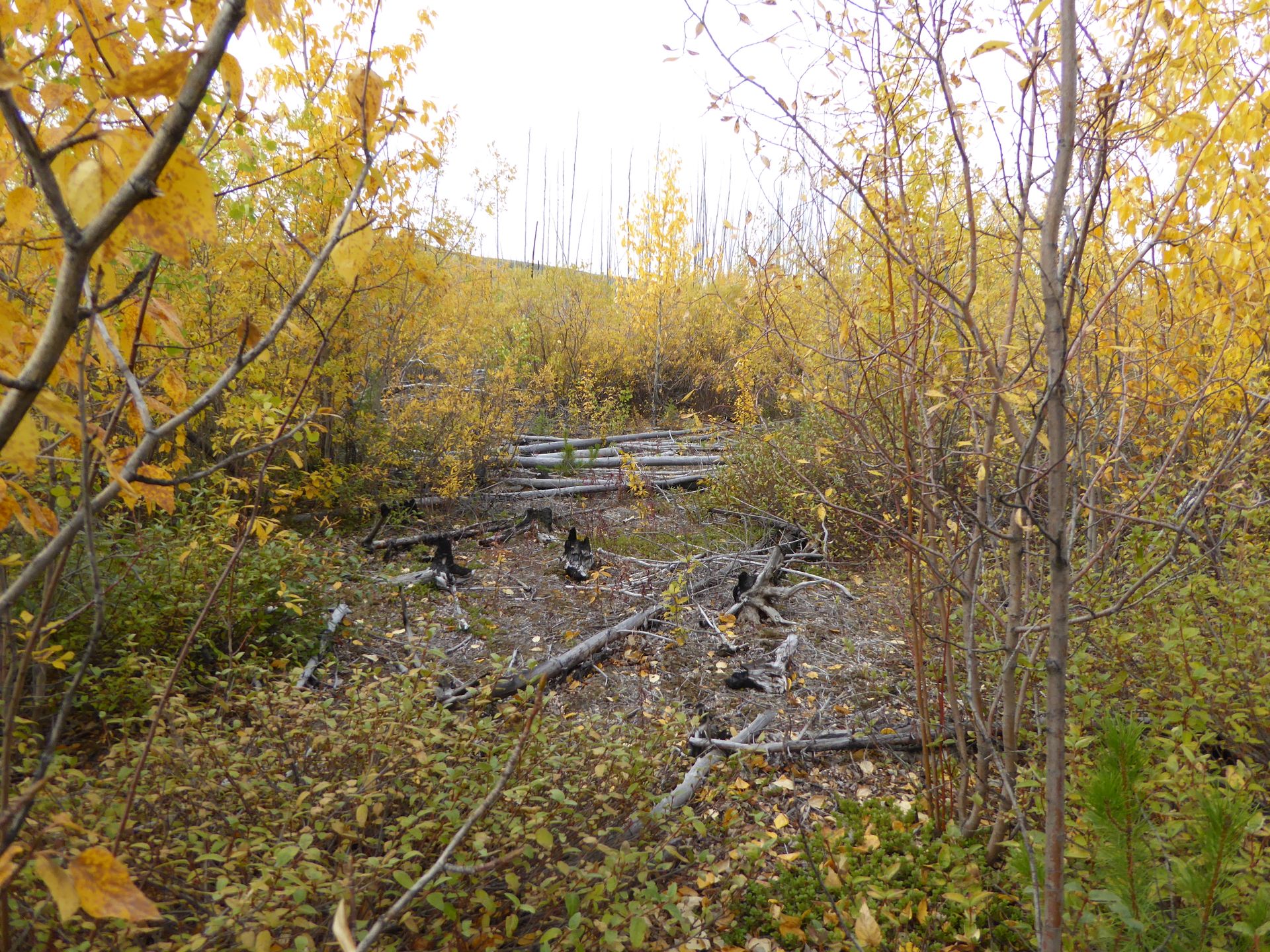
We reach Whitehorse at 2:00 pm. The sky begins to clear and after we go to our room in the Westmark Inn, it gets even nicer. We walk to the Visitor Center and are told that the paddle steamer "Klondike," one of the top attractions in Whitehorse, is closed for the season - and has been since August 31.
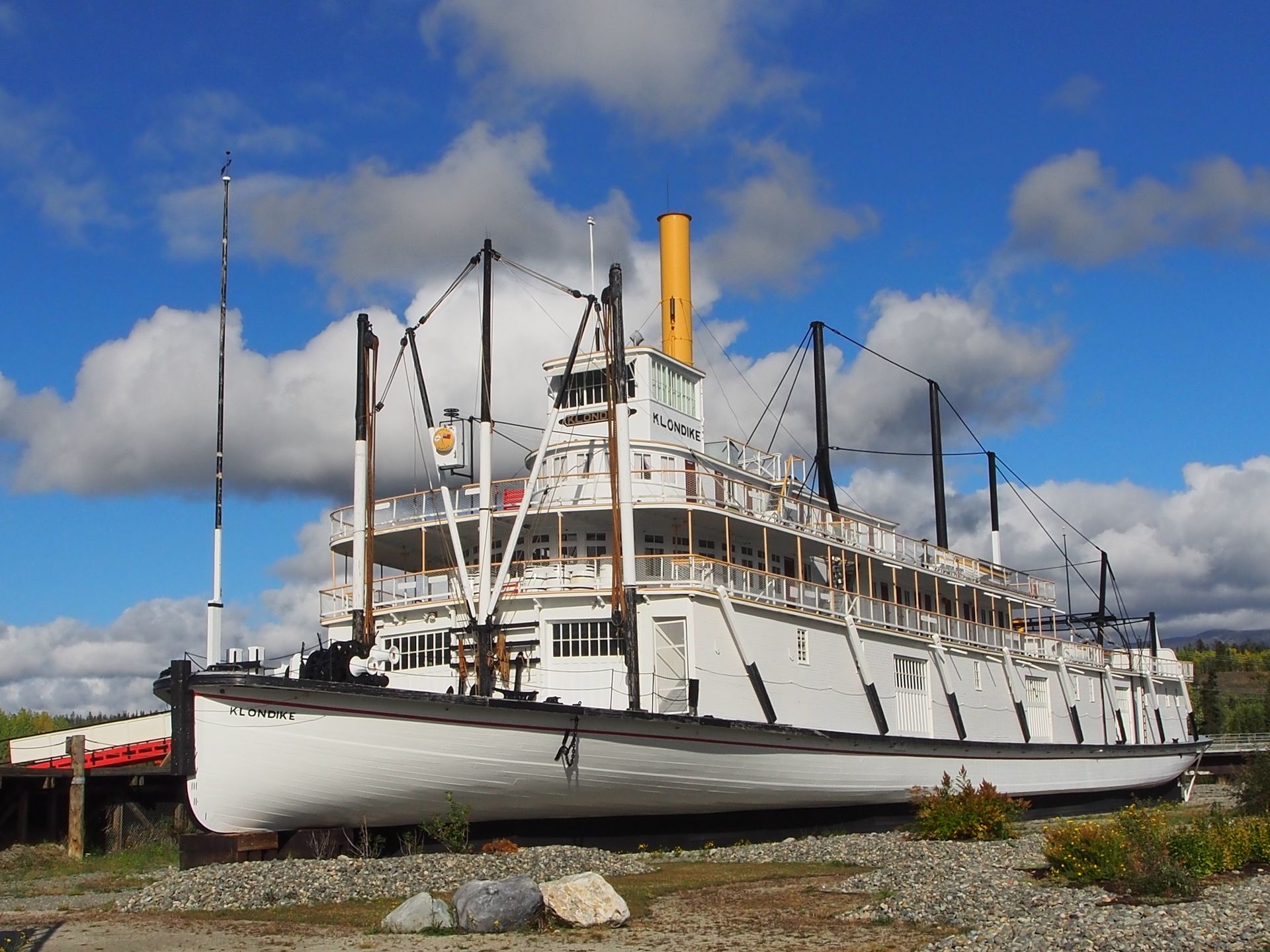
But they quickly start a film for us that shows great pictures of the Yukon Territory, and then we walk down to the Yukon River in the brightest sunshine and can take off our jackets and scarves. The river has a powerful current, and ducks have it really good. They float with the flow of the river, open beaks against the current - it's like a paradise.
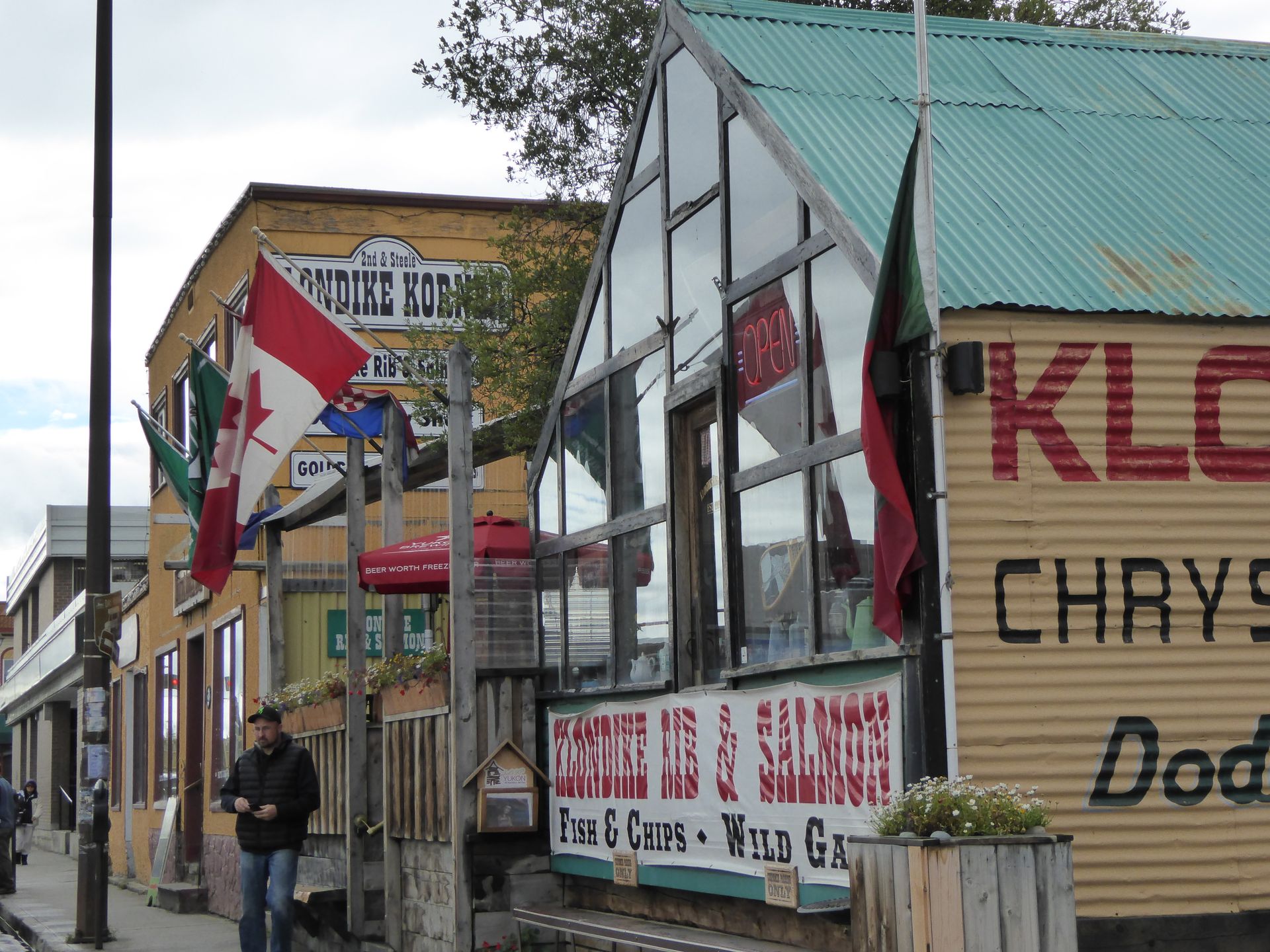
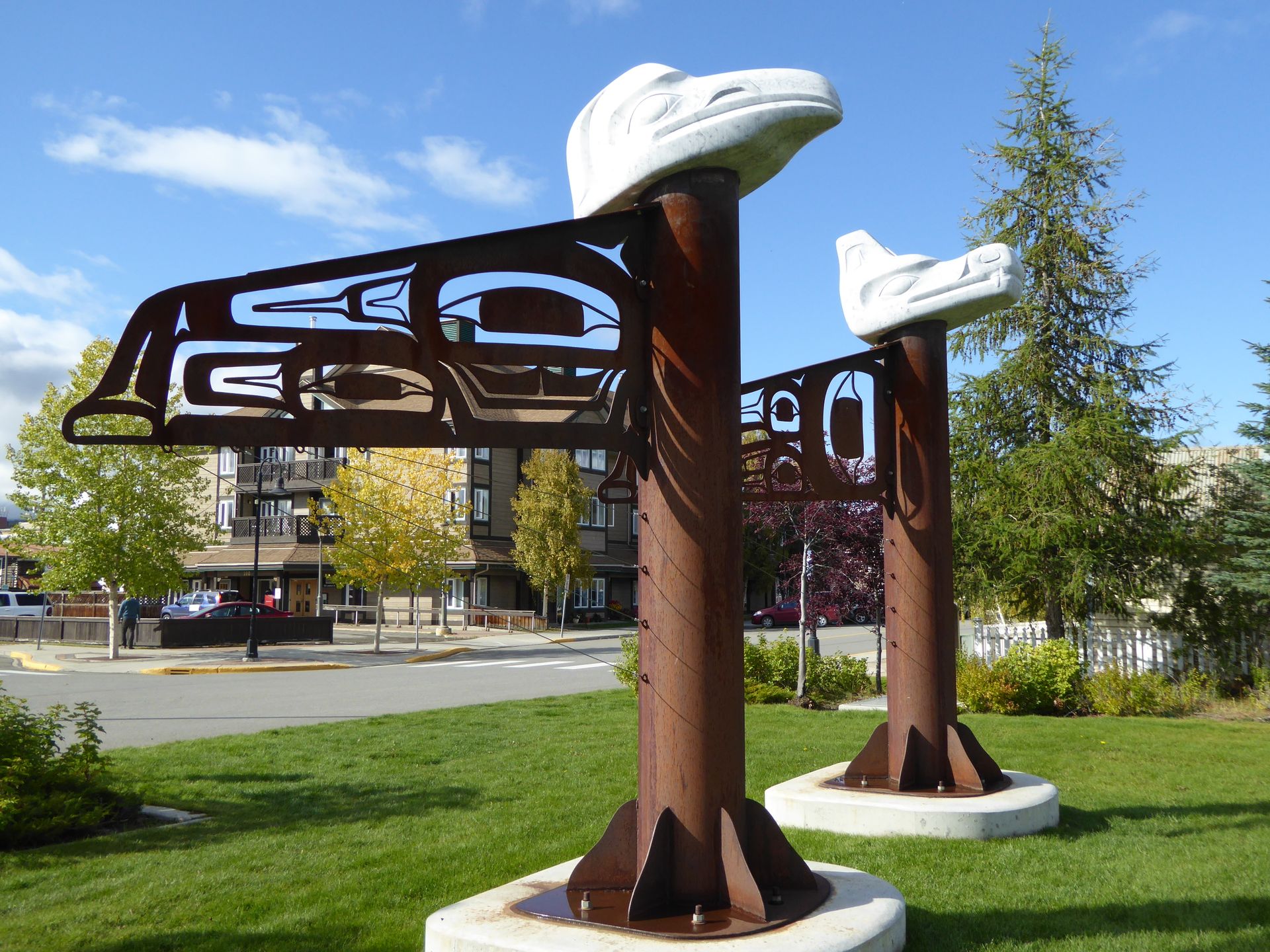
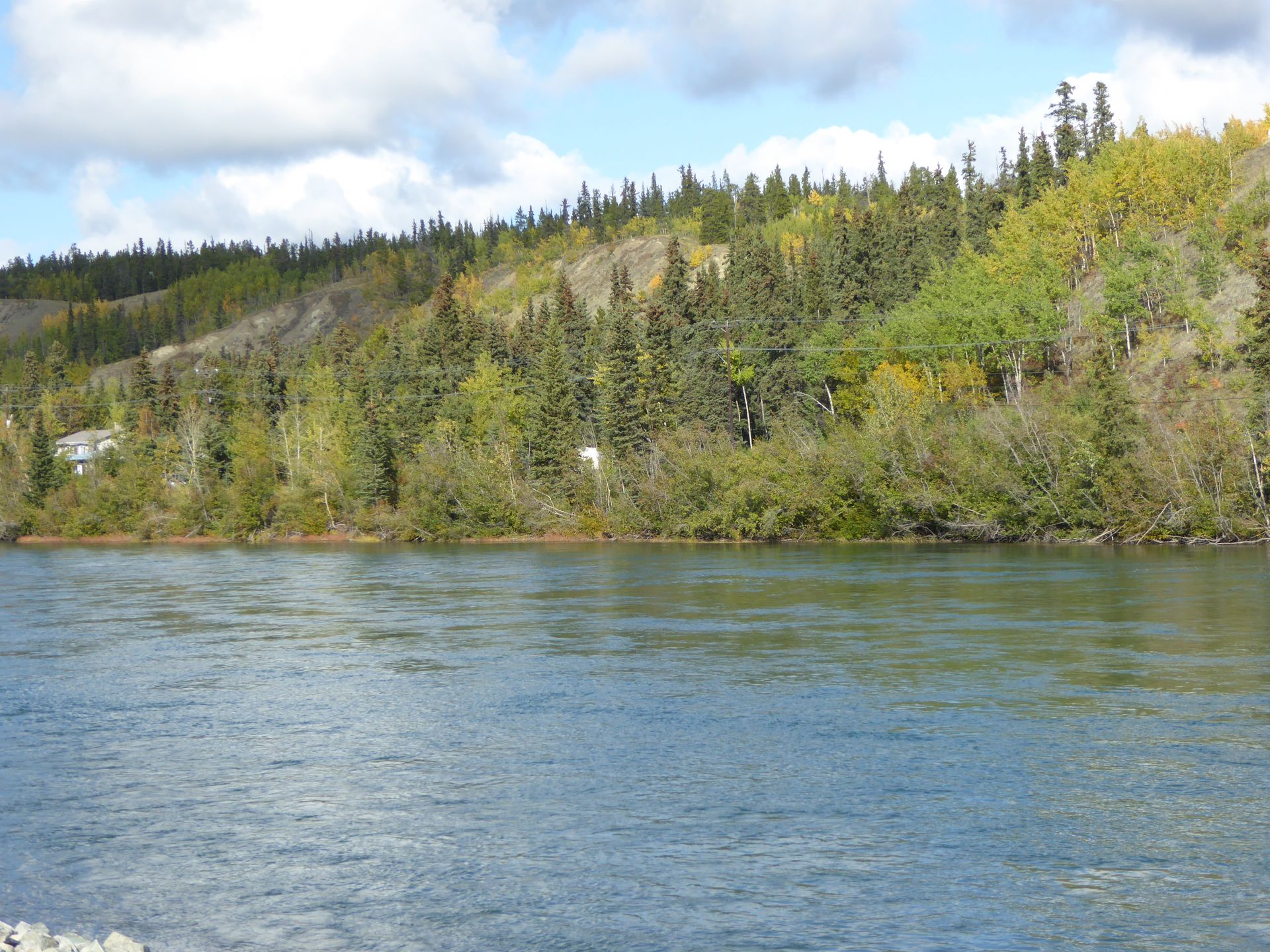
We walk to the old log church from 1901. Also 'closed for the season' since August 31! This is slowly becoming annoying. The weather is great, the season definitely hasn't ended for weeks, and the Canadian authorities close the sights according to their calendar! The lady at the Visitor Center explained to us that there was (actually) an agreement between Germany and Canada that stated that Condor delivers tourists until October if the Canadian side keeps the attractions open. Condor fulfilled that, but the Canadians did not. Pretty stupid.
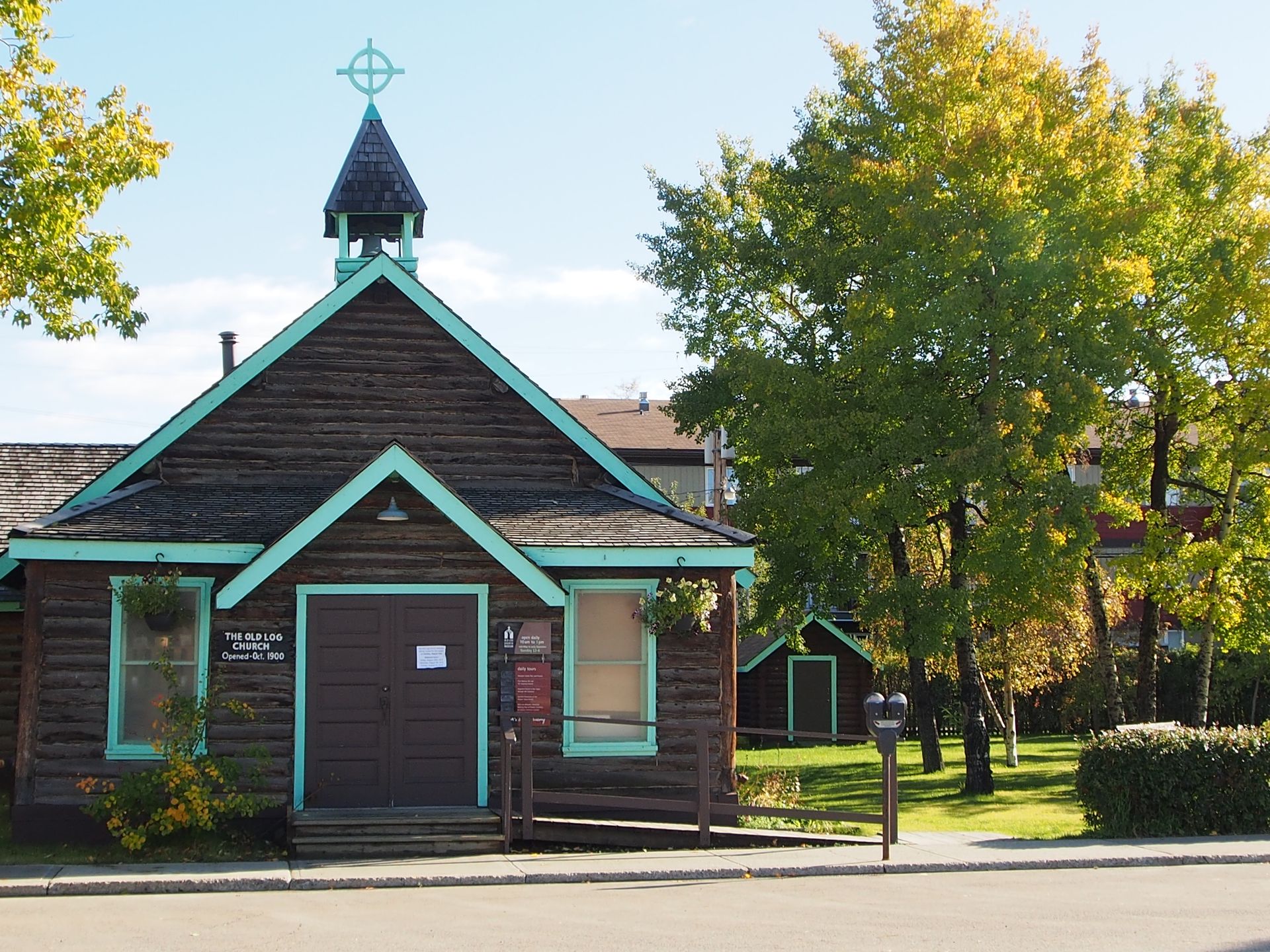
The church became famous through one of its pastors who, due to the lack of better food, toasted and ate his sealskin boots in several parts - he made meticulous diary entries about this, so today we know what soles or fur shafts of boots taste like.
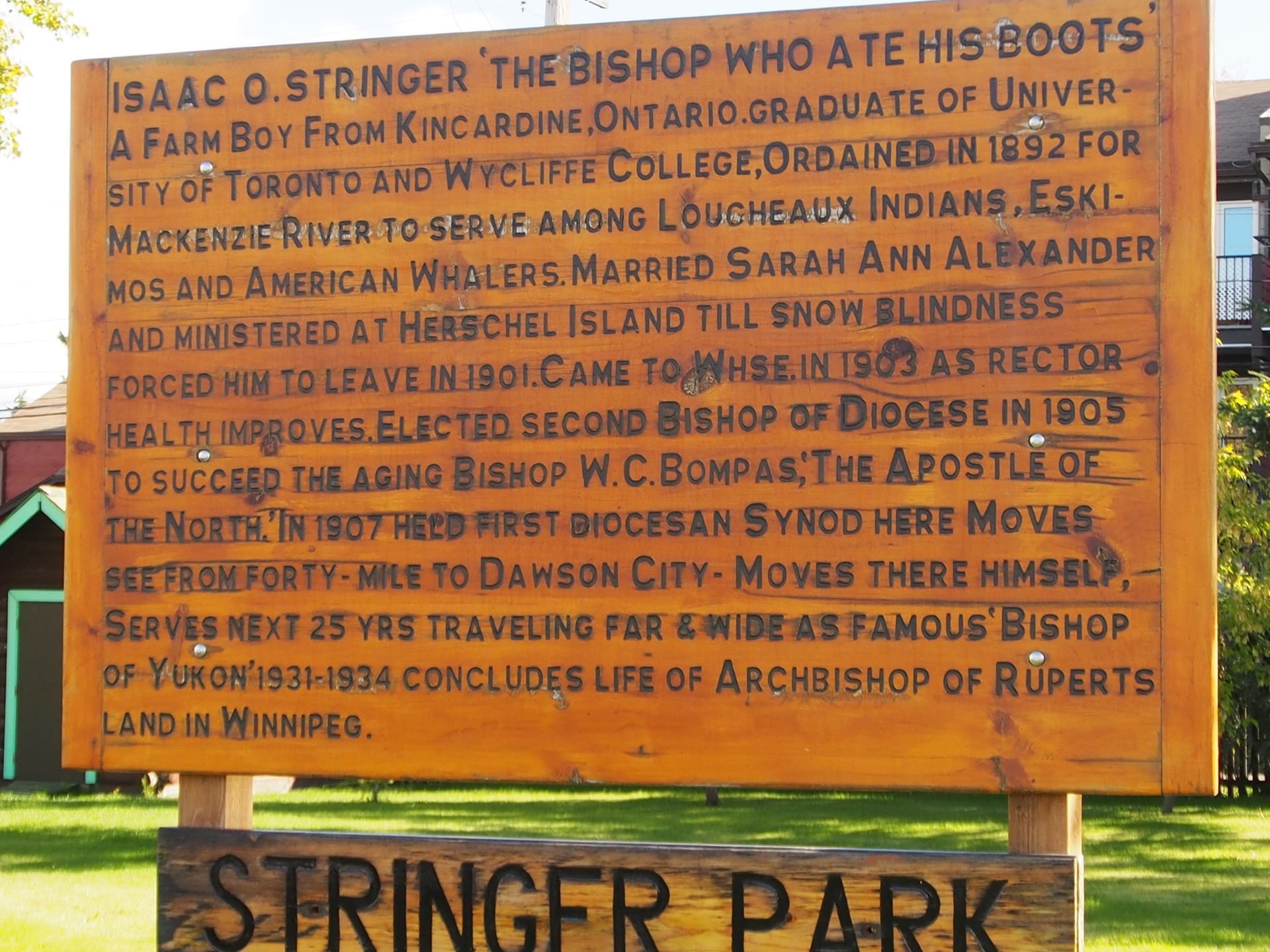
Around the corner is the 'log skyscraper' - a two-story wooden house, also from the turn of the century, but not accessible.
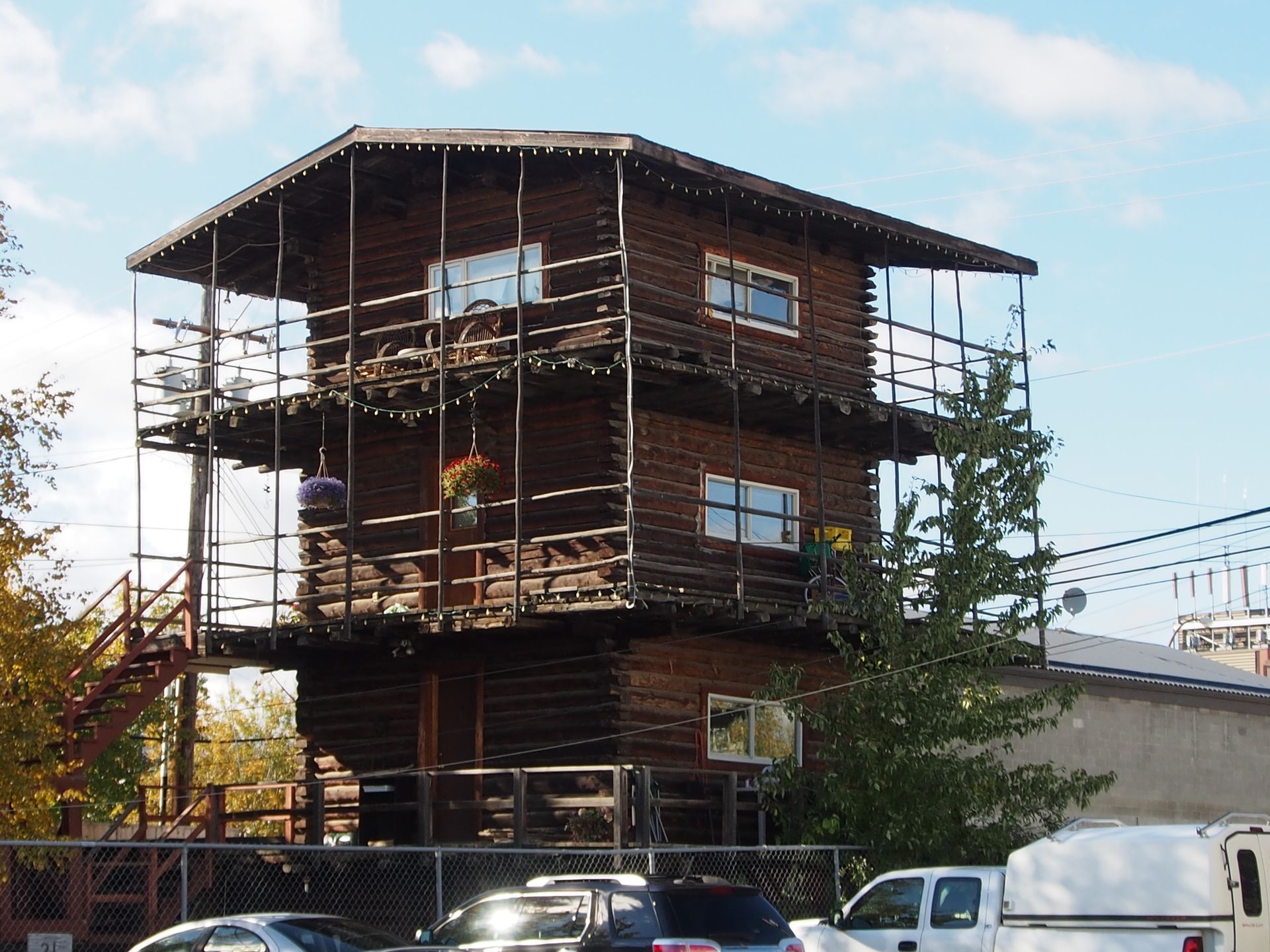
In Whitehorse, I am still looking for a camera store to buy a tripod for the possible northern lights night shift, find the store at 6:05 pm, when it has already been closed for 5 minutes. In the afternoon, we had already found a way up Grey Mountain, which should be above the city and far enough away from its lights to take up a position here tonight.
First, we eat in the Burnt Toast Café next to the hotel, which surprisingly has good food - finally a salad again! Then we drive to a fairly large Walmart on the outskirts of town and I buy a bag of lentils that will serve as a tripod on the hood. Water is also restocked, and we drive back to the hotel. I am so tired at 11:30 pm that I can't stay awake and set the alarm for 12:50 am, so we get up shortly before 1 am, wrap ourselves up warmly, and drive to the lookout on Grey Mountain. It's cold and at first, we don't see anything. The time is wisely used to find camera settings that allow for good night shots. Unfortunately, the moon is very bright and has a gigantic halo. With aperture 3.2, ISO 1600, and Live Bulb, this seems to work best for me. After a predetermined exposure time, the camera shows me the image "developed" so far on the display, so I can decide whether to continue exposing or end it. And then we see something!
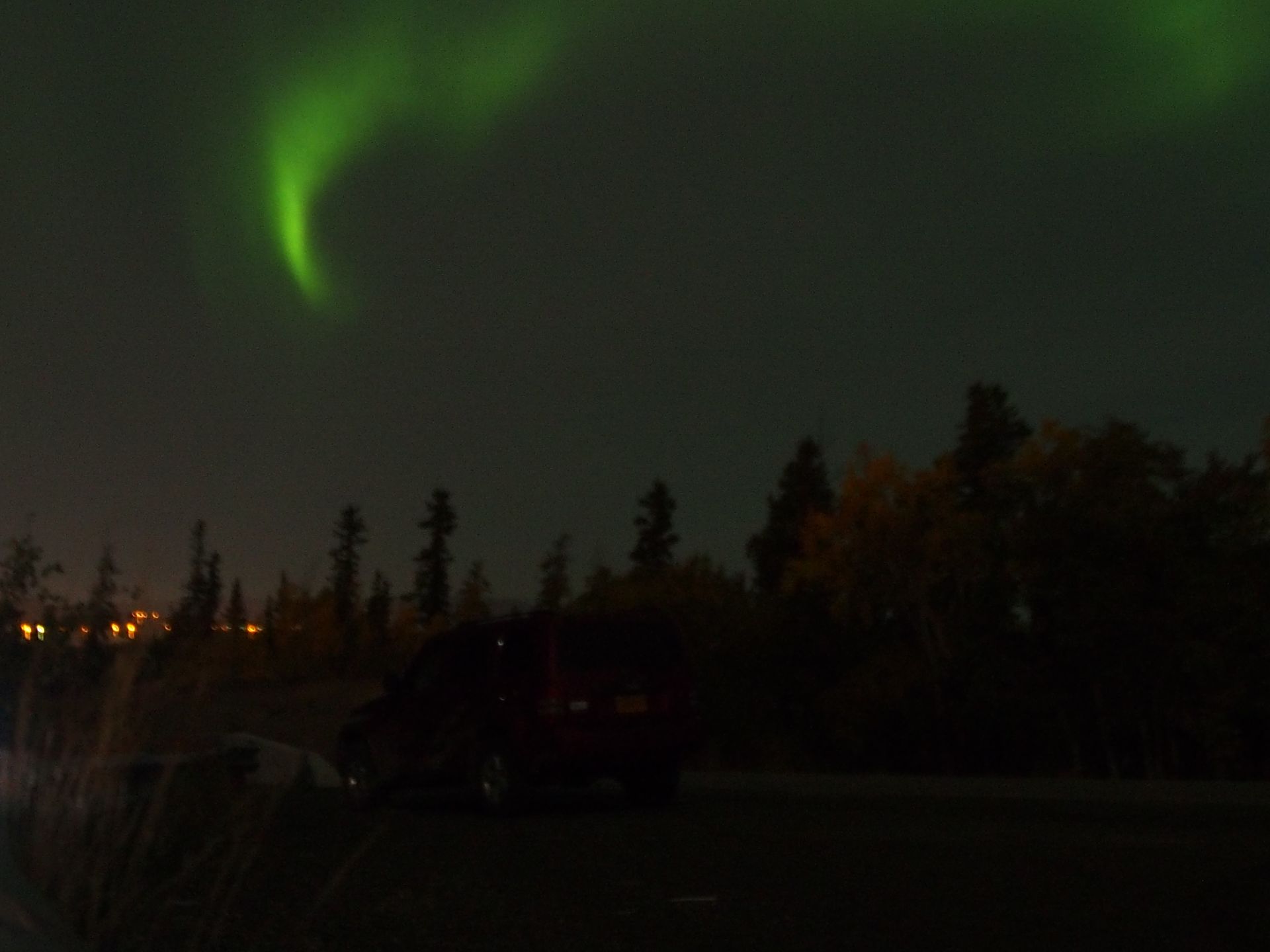
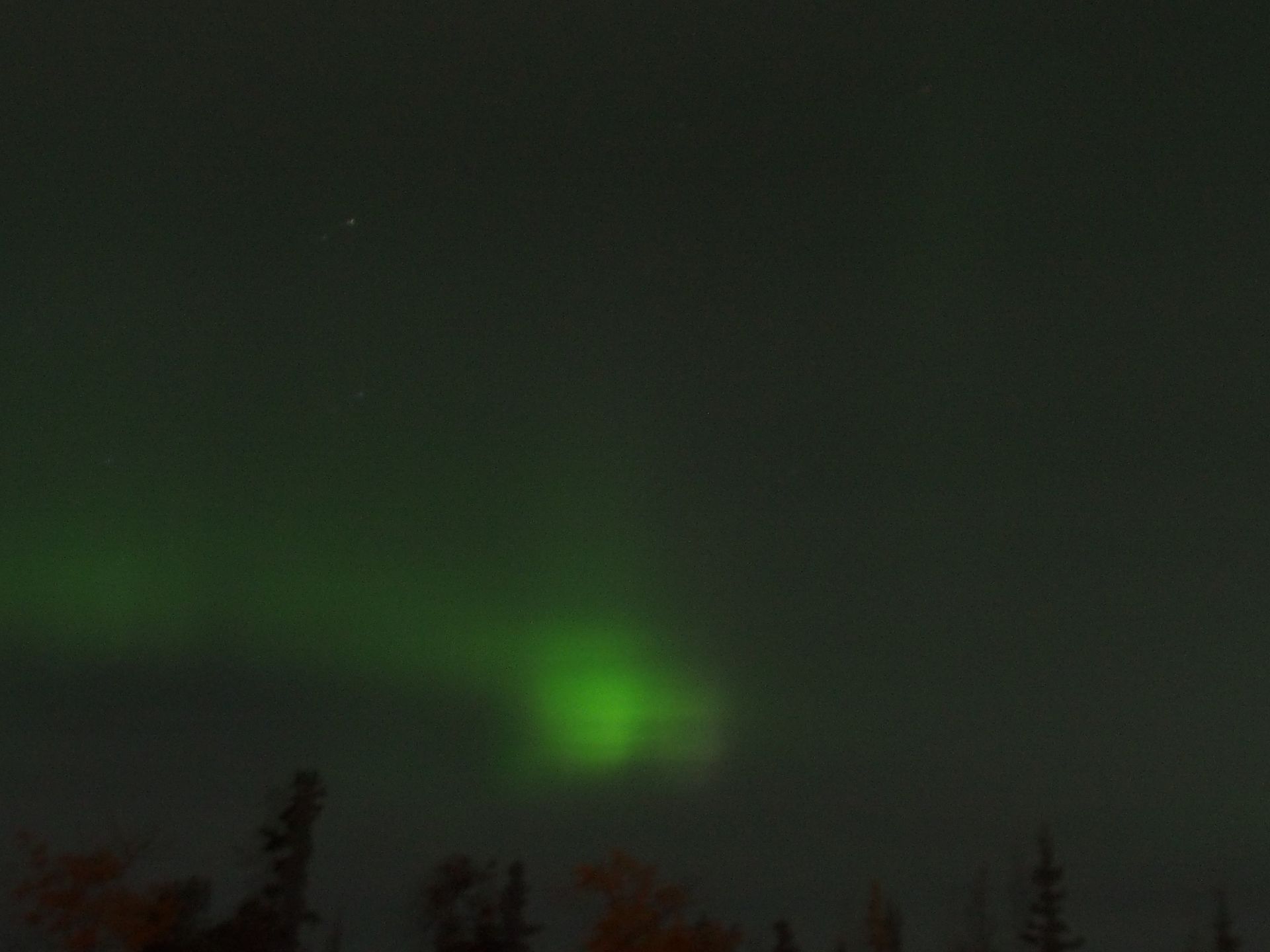
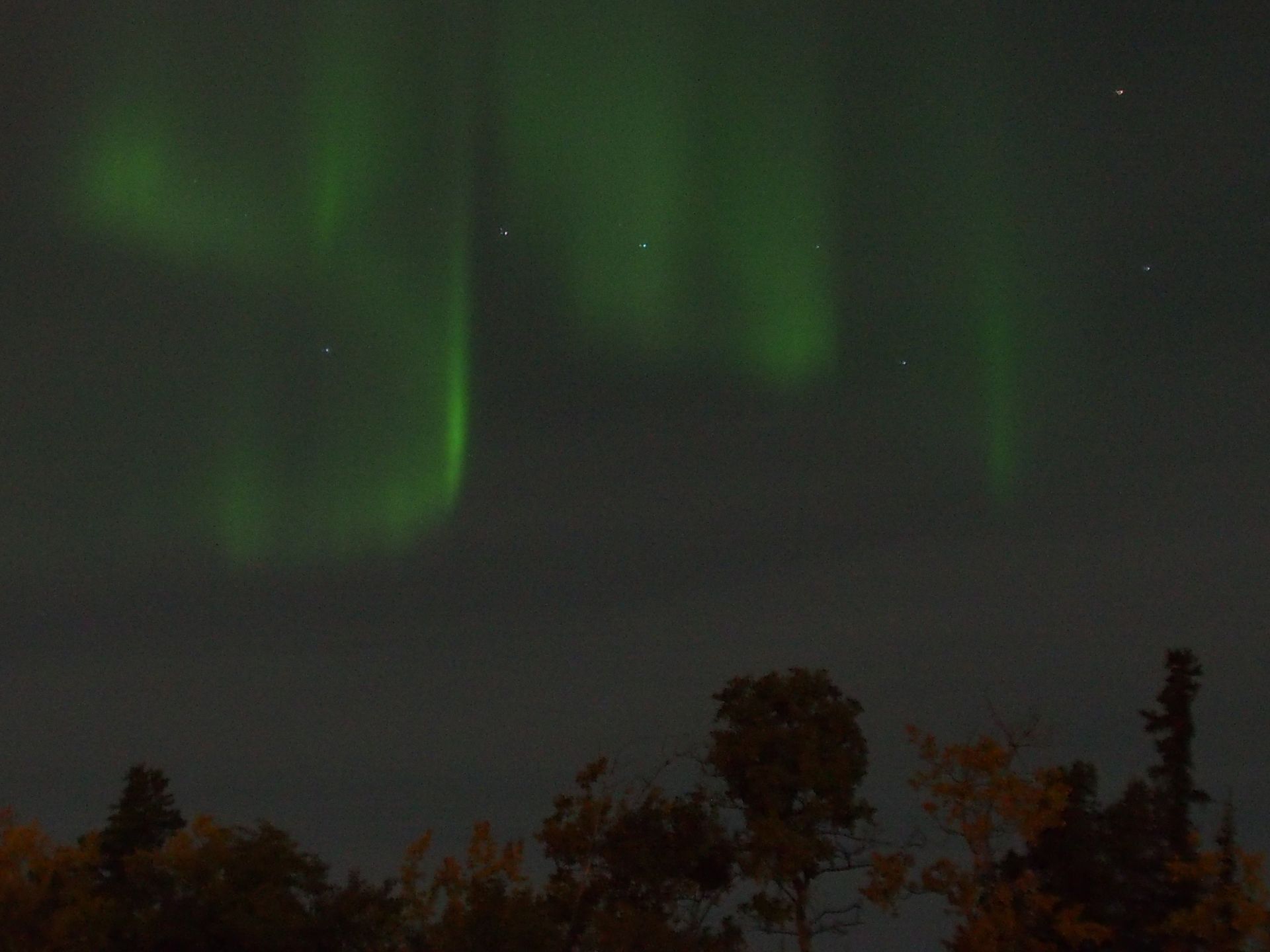
It is about 1:45 am when we see weak vertical light reflections in bright green directly in front of us. That's not the northern sky, but more like the west, but despite the brightness of the moon, it's a great spectacle.
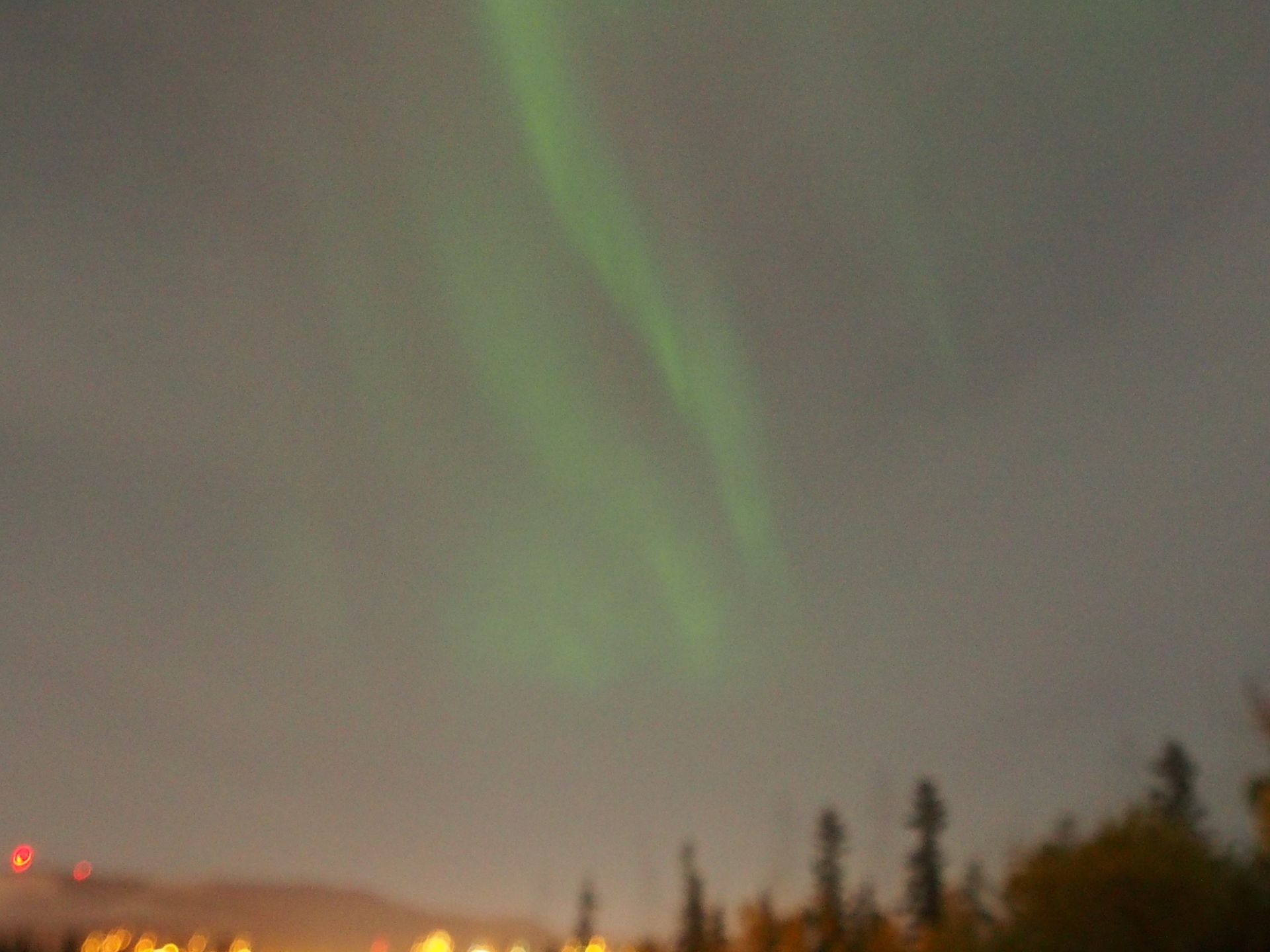
Photos are taken, many of which are unusable, but it's a brilliant "show," and it's amazing to see that the camera sensor sees more than the human eye. The northern lights are occasionally gone, then they come back. Finally, the waiting and the freezing have paid off.
Daily distance: 180 km
Newsletter hi subscribe ve rawh
Chhanna
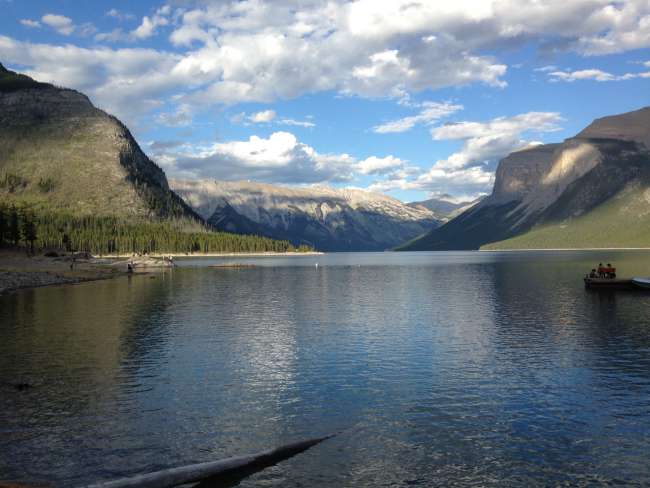
Khualzin report Canada ram a ni
